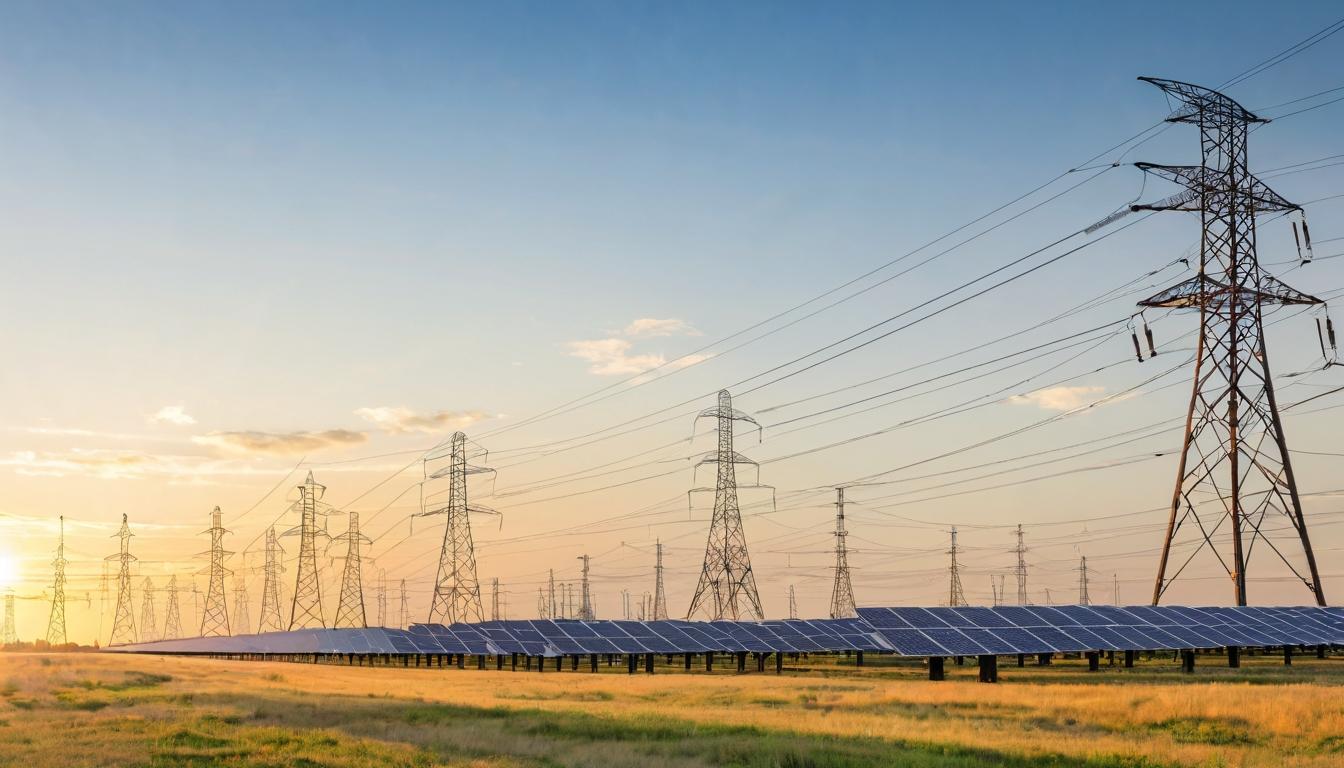In the quiet control rooms of America's electric utilities, a silent revolution is underway—one that most consumers never see but that will fundamentally reshape how we power our lives. The transition to renewable energy isn't just about installing solar panels and wind turbines; it's about rebuilding the century-old grid that was never designed for two-way power flow, intermittent generation, or millions of electric vehicles charging simultaneously.
Utility executives are facing what one industry insider called "the perfect storm" of challenges: aging infrastructure, cybersecurity threats, extreme weather events, and regulatory frameworks that haven't kept pace with technological change. The result is a system under strain, with some regions experiencing more frequent outages and reliability issues even as demand for electricity grows.
What makes this transition particularly complex is the sheer scale of investment required. The Edison Electric Institute estimates that utilities will need to invest nearly $900 billion in grid modernization by 2030. But who pays for this massive upgrade—and how—remains one of the most contentious debates in the energy sector today.
Ratepayers are already feeling the pinch. In dozens of states, utilities are seeking rate increases to fund grid modernization projects, sparking pushback from consumer advocates who question whether all these investments are necessary or whether they primarily benefit utility shareholders. The tension between reliability, affordability, and sustainability has never been more acute.
Meanwhile, the technology landscape is evolving at breakneck speed. Advanced metering infrastructure, distribution automation, grid-scale batteries, and AI-powered forecasting tools are creating new capabilities—and new vulnerabilities. Cybersecurity experts warn that the increasingly digital grid presents attractive targets for nation-states and criminal organizations alike.
Perhaps the most overlooked aspect of grid modernization is the human element. Utilities are struggling to find enough linemen, engineers, and cybersecurity specialists to implement these complex projects. The workforce that built and maintained the traditional grid is retiring, and attracting new talent to an industry often perceived as stodgy and traditional has proven challenging.
Some utilities are embracing innovation through partnerships with tech companies and startups. Others are taking a more cautious approach, preferring proven technologies over cutting-edge solutions. This divergence in strategy is creating a patchwork grid modernization landscape across the country, with some regions leapfrogging ahead while others fall further behind.
The regulatory environment adds another layer of complexity. Many state public utility commissions are still operating under rules designed for the monopoly utility model of the 20th century, not the dynamic, distributed energy system emerging today. Reform efforts are underway in several states, but progress is often slow and contentious.
Environmental justice advocates are also raising concerns about who benefits from grid modernization investments. There's growing evidence that wealthier communities are seeing more reliability improvements and access to new technologies, while low-income and minority neighborhoods continue to experience frequent outages and limited options.
Despite these challenges, there are signs of progress. Several utilities have successfully implemented comprehensive grid modernization programs that have improved reliability, integrated more renewables, and created new services for customers. The lessons from these early adopters could provide a roadmap for others—if they're willing to learn.
Looking ahead, the stakes couldn't be higher. A failed grid modernization effort could mean more blackouts, higher costs, and slower progress on climate goals. But getting it right could create a more resilient, efficient, and equitable energy system that serves Americans for decades to come.
The quiet revolution in those utility control rooms will eventually touch every home and business in the country. The question isn't whether the grid will change, but how—and who will benefit from that change.
The hidden battle over grid modernization: why utilities are struggling to keep up with the energy transition

